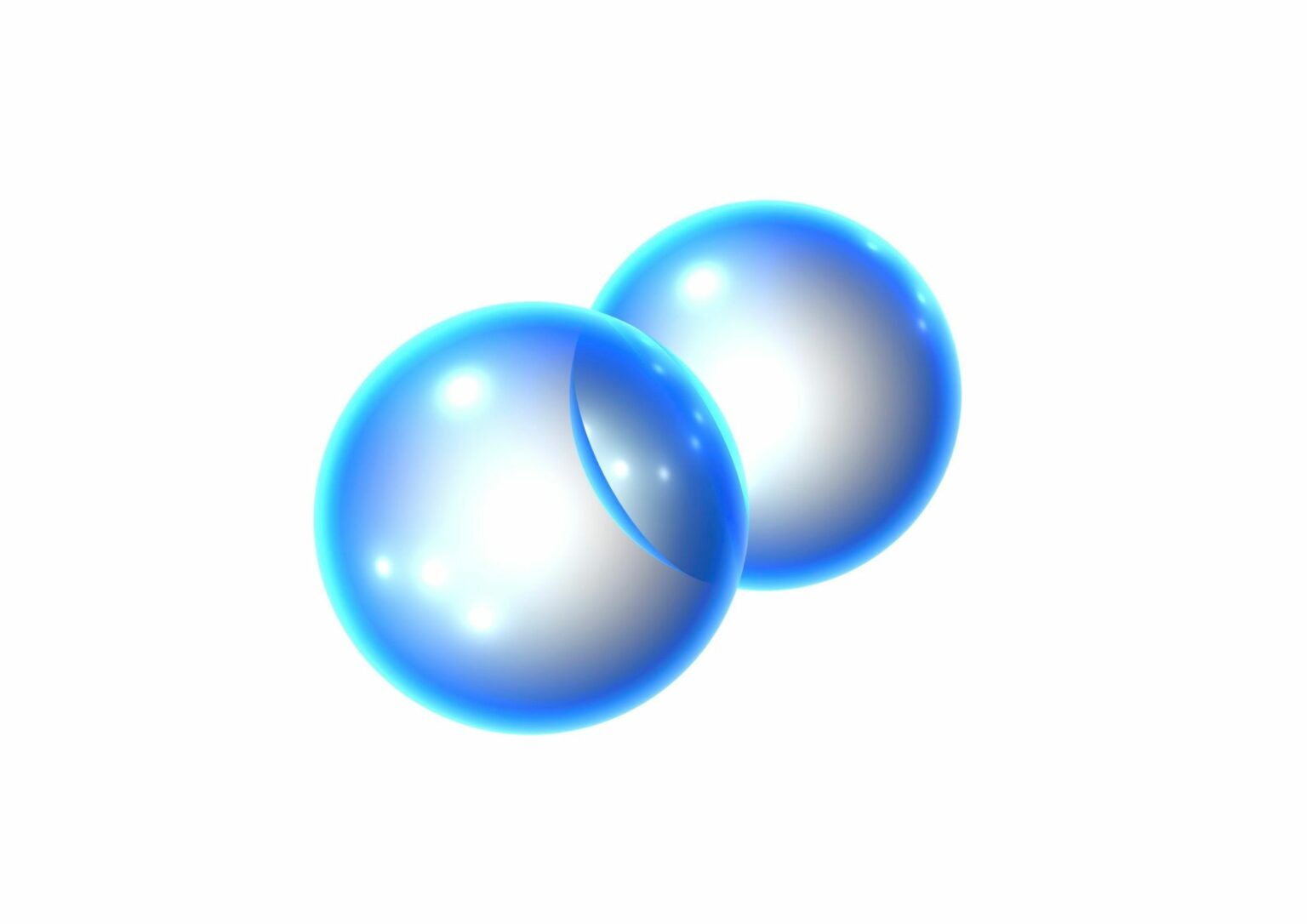Oceana Energy has recently filed a patent for an innovative method for generating hydrogen using offshore hydroelectric turbines. The described system leverages underwater energy sources to produce hydrogen.
The patented method focuses on converting alternating current (AC) electric power produced by underwater hydroelectric turbines into direct current (DC) electric power, which is then used by an electrolyzer positioned above water to generate hydrogen. This technique offers several improvements over existing technologies:
1. Energy Source Utilization: Harnessing hydroelectric power from underwater turbines is a unique and sustainable approach, tapping into abundant marine energy resources.
2. Conversion Efficiency: The system effectively converts AC to DC current, ensuring that the electrolyzer receives the necessary stable electric current for hydrogen production.
3. Offshore Placement: The offshore setup of both the turbine and the electrolyzer minimizes land use and optimizes the use of oceanic space.
Potential Applications
This technology has a broad range of potential applications, such as:
– Industrial Hydrogen Production: Providing a sustainable source of hydrogen for industrial processes.
– Energy Storage: Hydrogen can be stored and used as a battery alternative for grid energy storage.
– Transportation Fuel: Supporting the production of hydrogen fuel for vehicles, contributing to the shift towards zero-emission transportation.
Competitive Analysis
Compared to existing hydrogen production methods such as steam methane reforming or conventional electrolysis using terrestrial renewable energy sources, Oceana Energy Co.’s approach offers several distinct advantages:
– Renewability: The use of an inexhaustible marine energy source places this method at the forefront of sustainable energy solutions.
– Space Utilization: Offshore placement reduces the demand for terrestrial space, which is a growing concern with expanding land-based renewable energy installations.
Technical Specifications
The patent outlines several key components and processes:
– Hydroelectric Turbine: Deployed underwater at an offshore site to generate AC electric current.
– AC to DC Conversion: A mechanism to convert the generated AC current into DC current.
– Electrolyzer Positioning: An electrolyzer positioned above water, which utilizes the converted DC current to produce hydrogen gas.





